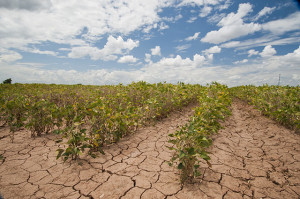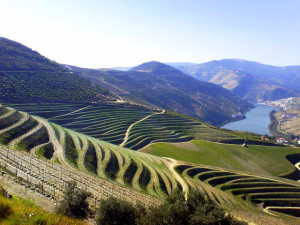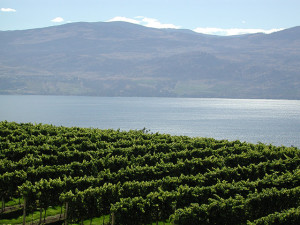A short time ago I was discussing with my editor doing a story about the increase of alcohol levels in table wine. Last week, news from the US government’s National Oceanic and Atmospheric Administration (NOAA) made it imperative that I address this issue now for our readers.
 The agency has been tracking weather data since 1880 and reported that July 2015 was the hottest month globally that had ever been recorded. In addition, the first seven months of 2015 had been the hottest seven months of any year recorded by NOAA. 2015 is expected to be the hottest year ever.
The agency has been tracking weather data since 1880 and reported that July 2015 was the hottest month globally that had ever been recorded. In addition, the first seven months of 2015 had been the hottest seven months of any year recorded by NOAA. 2015 is expected to be the hottest year ever.
What does this do to wine?
Wine is a vine that grows all over the world but often does the best in moderate climates that are not too hot or too cold. The alcohol in wine is derived from the sugar that is produced in the grapes. The more intense the sun, the riper the grape, the higher the sugar level and the subsequent alcohol content of the wine. The range of alcohol that a wine should have for stability once bottled may range from 7 to 14 per cent but in the real world, 9 to 14 per cent is the norm.
Winemakers and scientists have tried a variety of approaches to promote or preserve ripe flavors while reducing alcohol: clipping the leaves covering grape clusters, for instance, or changing irrigation practices or artificially removing alcohol from finished wine, which can affect flavor.
 Another factor is that “modern” wine yeasts do a better job of fermenting sugar into alcohol than the traditional yeast strains. Scientists have struggled to find yeasts that produce lower alcohol without affecting wine quality. A group of scientists did find a strain of yeast that dropped the alcohol level in chardonnay 0.9 per cent and 1.6 per cent in shiraz but as of 2014, commercial production of this strain has not been started.
Another factor is that “modern” wine yeasts do a better job of fermenting sugar into alcohol than the traditional yeast strains. Scientists have struggled to find yeasts that produce lower alcohol without affecting wine quality. A group of scientists did find a strain of yeast that dropped the alcohol level in chardonnay 0.9 per cent and 1.6 per cent in shiraz but as of 2014, commercial production of this strain has not been started.
During the 1990s red wines began flowing from Australia and California that earned them the ignominious title of “fruit bombs”. These wines had too much of everything: 13 per cent (or above) alcohol, highly tannic and when I took a second sip of these wines, quite often that started a headache. However, an ounce of prevention can go a long way.
Certain grape varieties are well-known for “soaking up the sun” and subsequently producing wines of high alcohol content. Zinfandel from California, Shiraz from Australia and Italian Barolos (Nebbiolo is the grape) are known for this.

In my small wine collection, I am cellaring several of these wines a
nd they have alcohol levels well above 14 percent.
Wineries got the message and have become increasingly aware of higher alcohol levels. However, lowering the alcohol content of these wines is simple for consumers. Open the bottle and let it breathe for a couple of hours. This can be done inside a refrigerator or at room temperature. Alcohol levels begin to drop and if left overnight, there may be little alcohol left by morning.
Until new techniques are developed at the winery level, this is my best bet for enjoying wine. I should also mention that lovely German wines are still produced with alcohol levels between 9 and 11.5 per cent and are available in Thailand. They are great for our hot climate.
Also, this past week I enjoyed a bottle of 2013 Pauletts Polish Hill River Riesling from the Clare Valley, Australia, crisp and delicious at 11 per cent alcohol.
[Article by David Swartzentruber]



 0
0